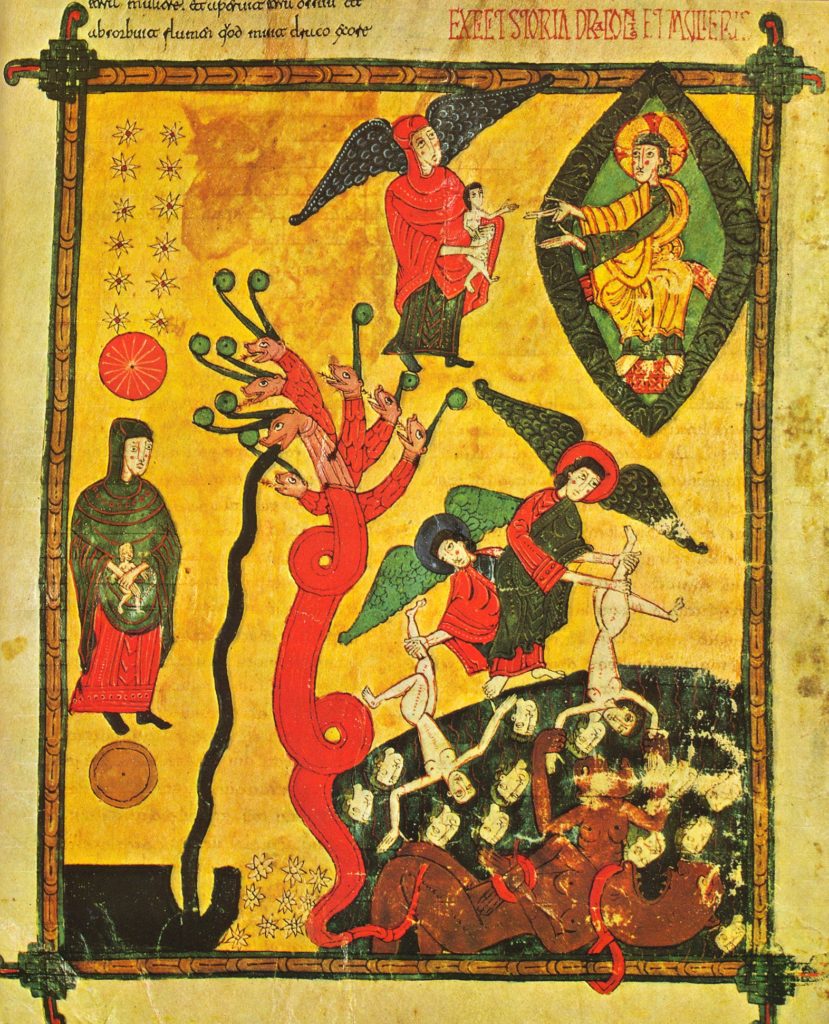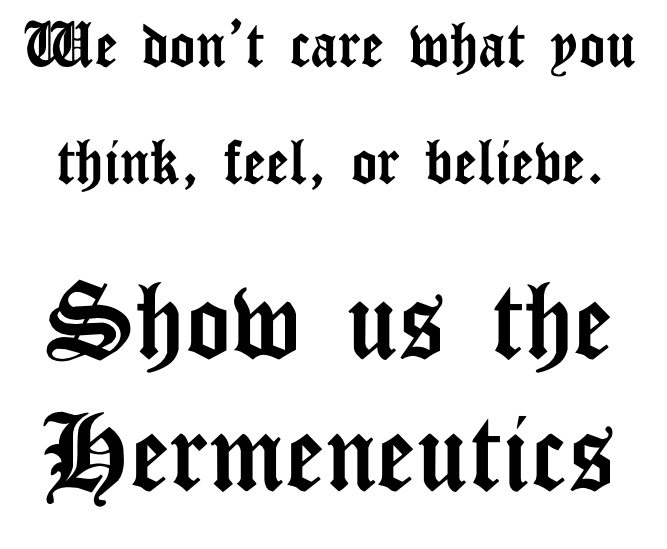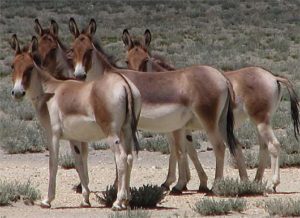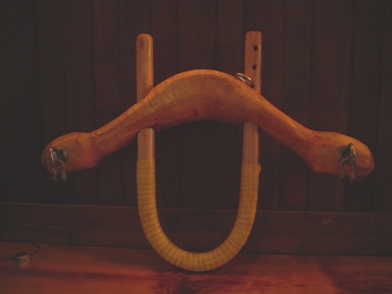When I was young and first started studying prophecy back in the year one, two very confusing teachings were making the rounds. One, the final battle would be at the valley of Megiddo and, two, the final battle would be in Bozrah. Being an avid reader of the Encyclopedia Britannica, I found out that there is no valley of Megiddo; but rather, the area is called the valley of Jezreel. I further found out that Bozrah was out in the middle of nowhere-in present day Jordan. Why would a future battle be out there?
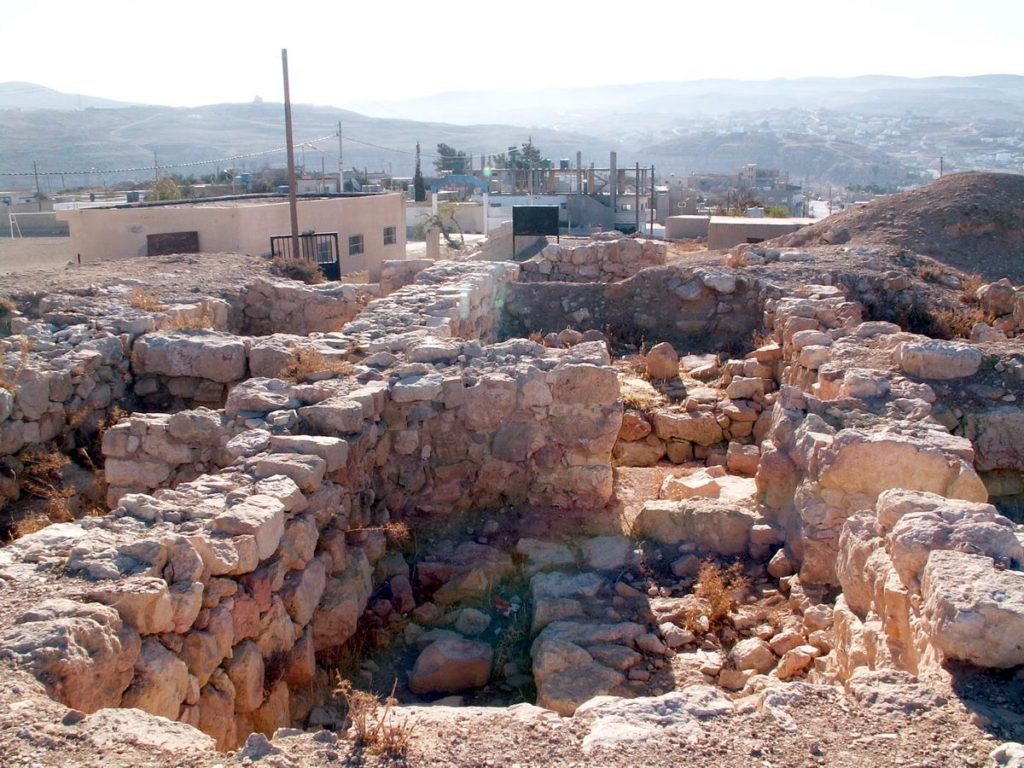
There are also many hymns and many sermons on how it will be when our Lord returns, all different from each other. However, when all the passages that seem to be concerned with this event are put together it all seems a bit muddled. Are they all the same event? Or are we missing something? There is a natural tendency to interpret unfulfilled prophecy very literally. However, when we compare fulfilled prophecy to the fulfillment it is never very literal. Are our hermeneutics too literal? Should we perhaps look to a more symbolic interpretation?
The Great White Horse
11 Then I saw heaven opened, and behold, a white horse! He who sat upon it is called Faithful and True, and in righteousness he judges and makes war. 12 His eyes are like a flame of fire, and on his head are many diadems; and he has a name inscribed which no one knows but himself. 13 He is clad in a robe dipped in blood, and the name by which he is called is The Word of God. 14 And the armies of heaven, arrayed in fine linen, white and pure, followed him on white horses. 15 From his mouth issues a sharp sword with which to smite the nations, and he will rule them with a rod of iron; he will tread the wine press of the fury of the wrath of God the Almighty. 16 On his robe and on his thigh he has a name inscribed, King of kings and Lord of lords. Rev. 19:11-15
That does not sound very violent and is rather unremarkable.
Coming from Bozrah
The first thing to note here is something I learned from the Amillennialist; that is, this passage is in a book of symbols, it has among its pages many weird things; a seven-eyed Lamb, a seven-headed ten-horned sea serpent, a lamb-horned beast from the earth, and so forth. So the Faithful and True guy on the white horse must be symbolic of our Lord’s judgment. . . But maybe not the literal way he returns. The historical passages’ description of our Lord’s return said that it would be in the same manner as He left.
. . . and said, “Men of Galilee, why do you stand looking into heaven? This Jesus, who was taken up from you into heaven, will come in the same way as you saw him go into heaven.” Acts 1:11
1 Who is this that comes from Edom, in crimsoned garments from Bozrah, he that is glorious in his apparel, marching in the greatness of his strength? “It is I, announcing vindication, mighty to save.” 2 Why is thy apparel red, and thy garments like his that treads in the wine press? 3 “I have trodden the wine press alone, and from the peoples no one was with me; I trod them in my anger and trampled them in my wrath; their lifeblood is sprinkled upon my garments, and I have stained all my raiment. 4 For the day of vengeance was in my heart, and my year of redemption has come. 5 I looked, but there was no one to help; I was appalled, but there was no one to uphold; so my own arm brought me victory, and my wrath upheld me. 6 I trod down the peoples in my anger, I made them drunk in my wrath, and I poured out their lifeblood on the earth.” Is. 63:1-6
Here we have the same robs dipped in blood. The difference is that here He is alone. There is no army on white horses. When there is this kind of problem we must fall back on the historical-grammatical contexts of the passage.
Some History
So was there ever a time when Bozrah was destroyed? Why yes, there was, when the Babylonians took the area about the same time they took Judea and Jerusalem. Before that, Bozrah was the capital city of Edom; i.e., the homeland of Jacob’s twin brother Esau. The nation of Edom disappeared during the Babylonian invasion of the area in the 6th century BC, they reappeared as the Idumeans under the Greeks. They were then forcibly converted by the Hasmoneans and later incorporated into the Roman province of Judea. (King Herod was an Idumeanian.) Today Bozrah is a small isolated town out in the middle of the nation of Jordan, just east of present-day Israel. The population in 2015 was 25,245.
The historical interpretation of this passage is that the battle refers to the Babylonian destruction. But there are many interpreters who feel it may be a type of the Revelation 19:11-19., the white horse passage.
The Grammar
When looking at “types,” the grammar becomes paramount. Bozrah means “sheepfold,” a place where there was water for the sheep, and it’s not the only passage that is about destroying Edom.
Other Passages
5 For my sword has drunk its fill in the heavens; behold, it descends for judgment upon Edom, upon thepeople I have doomed. 6 The LORD has a sword; it is sated with blood, it is gorged with fat, with the blood of lambs and goats, with the fat of the kidneys of rams. For the LORD has a sacrifice in Bozrah, a great slaughter in the land of Edom. 7 Wild oxen shall fall with them, and young steers with the mighty bulls. Their land shall be soaked with blood, and their soil made rich with fat. Is. 34:5-7
The prophets Amos, Isaiah, and Jeremiah predicted Bozrah’s destruction:
12 For thus says the LORD: “If those who did not deserve to drink the cup must drink it, will you go unpunished? You shall not go unpunished, but you must drink. 13 For I have sworn by myself, says the LORD, that Bozrah shall become a horror, a taunt, a waste, and a curse; and all her cities shall be perpetual wastes.” 14 I have heard tidings from the LORD, and a messenger has been sent among the nations: “Gather yourselves together and come against her, and rise up for battle!” 15 For behold, I will make you small among the nations, despised among men. 16 The horror you inspire has deceived you, and the pride of your heart, you who live in the clefts of the rock, who hold the height of the hill. Though you make your nest as high as the eagles, I will bring you down from there, says the LORD. Jer. 49:-16
11 Thus says the LORD: “For three transgressions of Edom, and for four, I will not revoke the punishment; because he pursued his brother with the sword, and cast off all pity, and his anger tore perpetually, and he kept his wrath for ever. 12 So I will send a fire upon Teman, and it shall devour the strongholds of Bozrah.” Amos 1:11-12
12 I will surely gather all of you, O Jacob, I will gather the remnant of Israel; I will set them together like sheep in a fold, like a flock in its pasture, a noisy multitude of men. 13 He who opens the breach will go up before them; they will break through and pass the gate, going out by it. Their king will pass on before them, the LORD at their head. Mic. 2:12—13
Then Outlier
Then there is Micah 2: 12-13 where Jacob will be assembled. However, there are no distinctions in Hebrew between nouns and proper nouns, so the sheepfold here may just be a sheepfold and not the town of Bozrah. When Bozrah the town is meant, it is always mentioned that it is in Edom. That clarification is not here.
12 I will surely assemble, O Jacob, all of thee; I will surely gather the remnant of Israel; I will put them together as the sheep of Bozrah, as the flock in the midst of their fold: they shall make great noise by reason of the multitude of men. 13 The breaker is come up before them: they have broken up, and have passed through the gate, and are gone out by it: and their king shall pass before them, and the LORD on the head of them. Mic. 2:12-13 KJV
The Standard Historical Interpretation of the Micah passage is that the Jewish nation will be brought back into the sheepfold by Messiah Himself.

